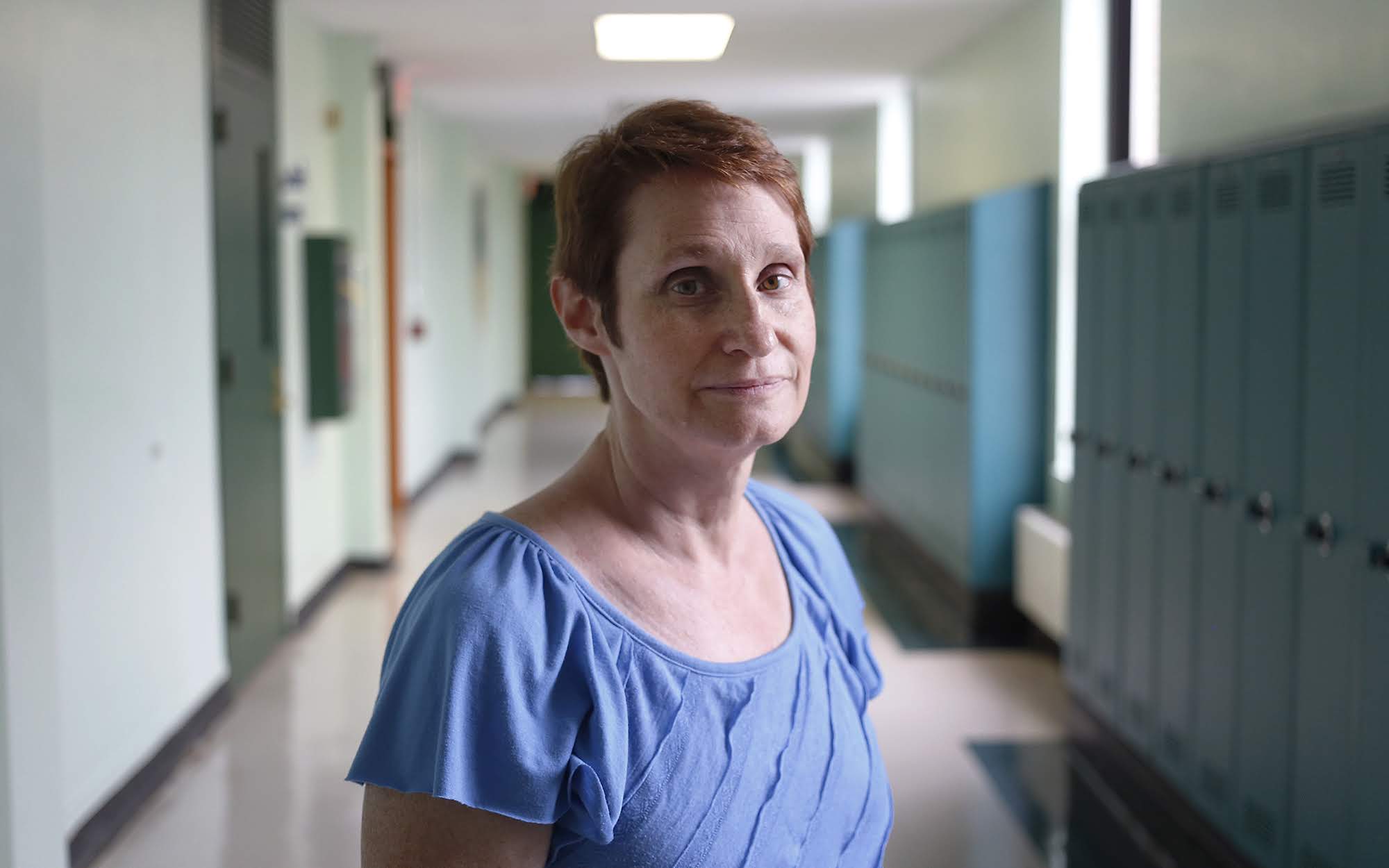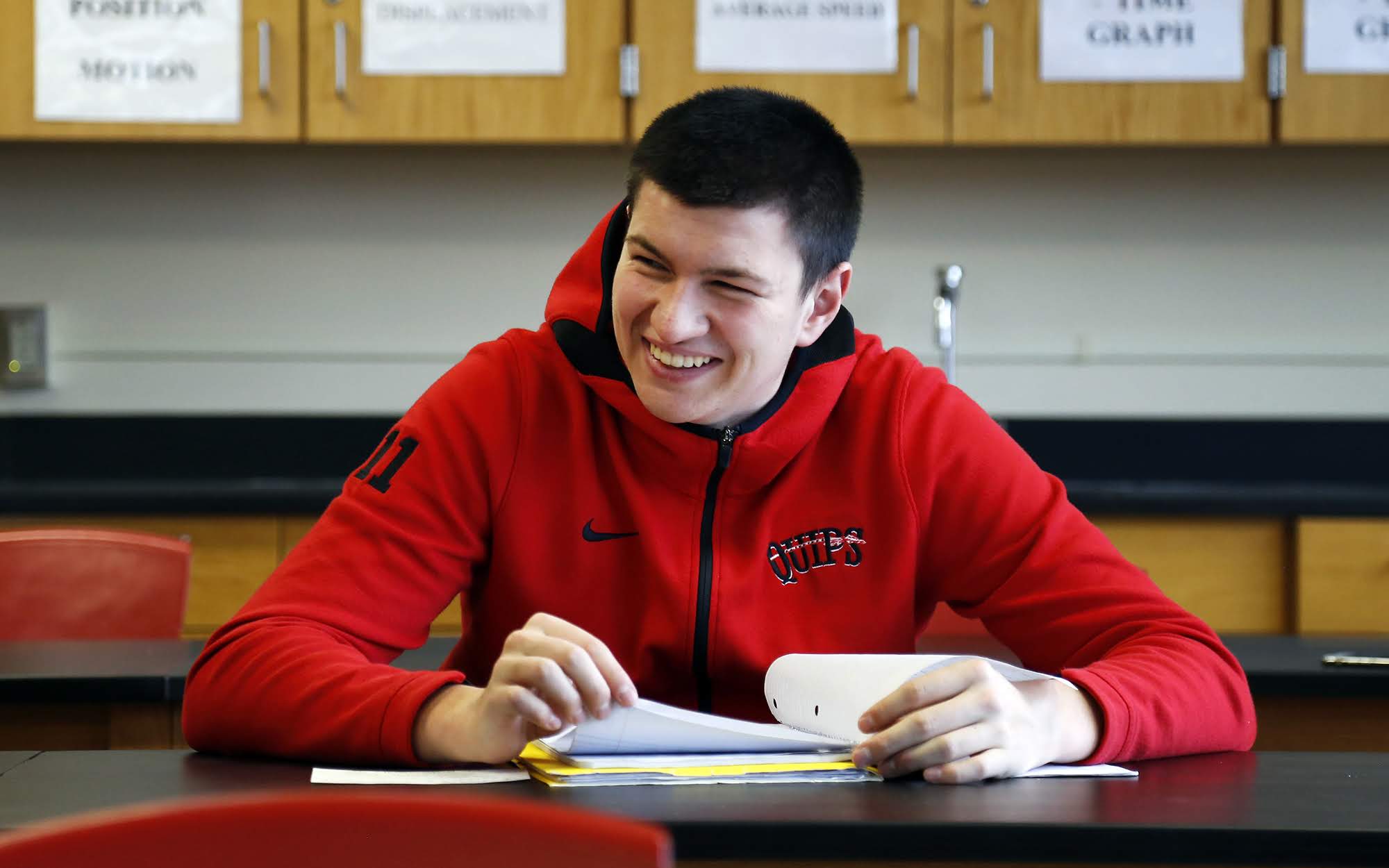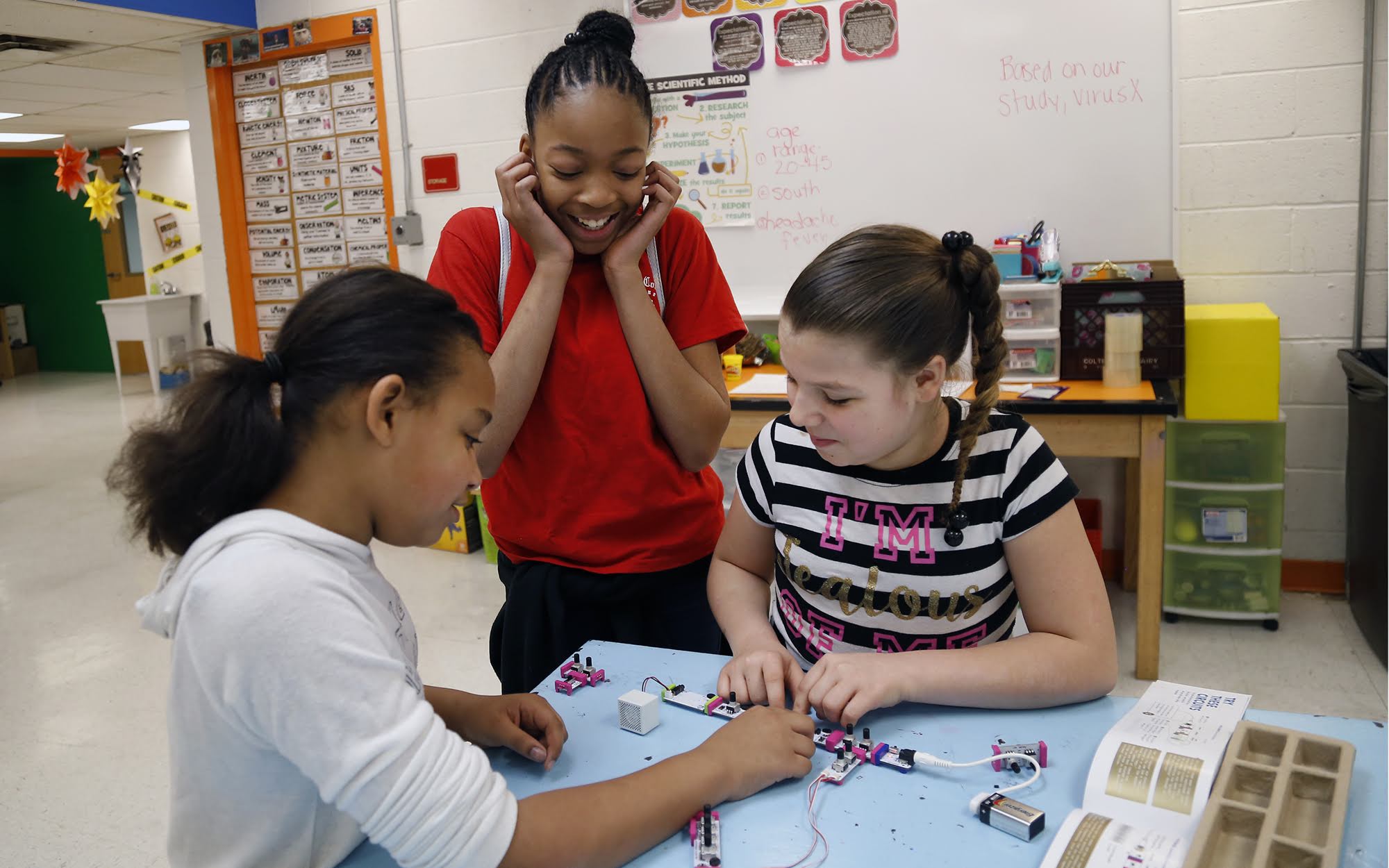Part of the PublicSource series
Failing the Future
Editor’s Note: As journalists, we spend a lot of time talking with officials and community members and distilling it into stories that explore important issues of our time. But we realize that sometimes it is just more powerful to hear it straight from the source. This is one of those times.
“We can’t do that!” Every teacher hears this from their students sometime, when beginning a lesson or introducing a new learning experience. And the students may believe it’s true. But in most school districts, with some encouragement and instruction, the students find that they can succeed at the lesson or project.
But what happens when the resources they need to complete the lesson or project simply aren’t available? Lacking resources is a constant struggle in districts like the one where I teach.
“Lacking resources is a constant struggle in districts like the one where I teach.”
I teach videography and am the librarian at Sto-Rox Junior-Senior High School. I’ve been employed at the school for 13 years. We are operating with a bare minimum of faculty. We aren’t always able to update our textbooks when they become outdated. And funds aren’t generally available for things like field trips or guest presenters.
Our building, opened in 1926, can also be somewhat uncomfortable. The heating is unreliable in the winter, and in hot weather, only the newest parts of the building built in the late 1970s have air conditioning. Repairs are mostly done as they can be afforded, and updates generally have to wait for grant money. This is our reality. And yes, we’ve seen the headlines about studies showing that uncomfortable classrooms can mean students don’t learn as well.
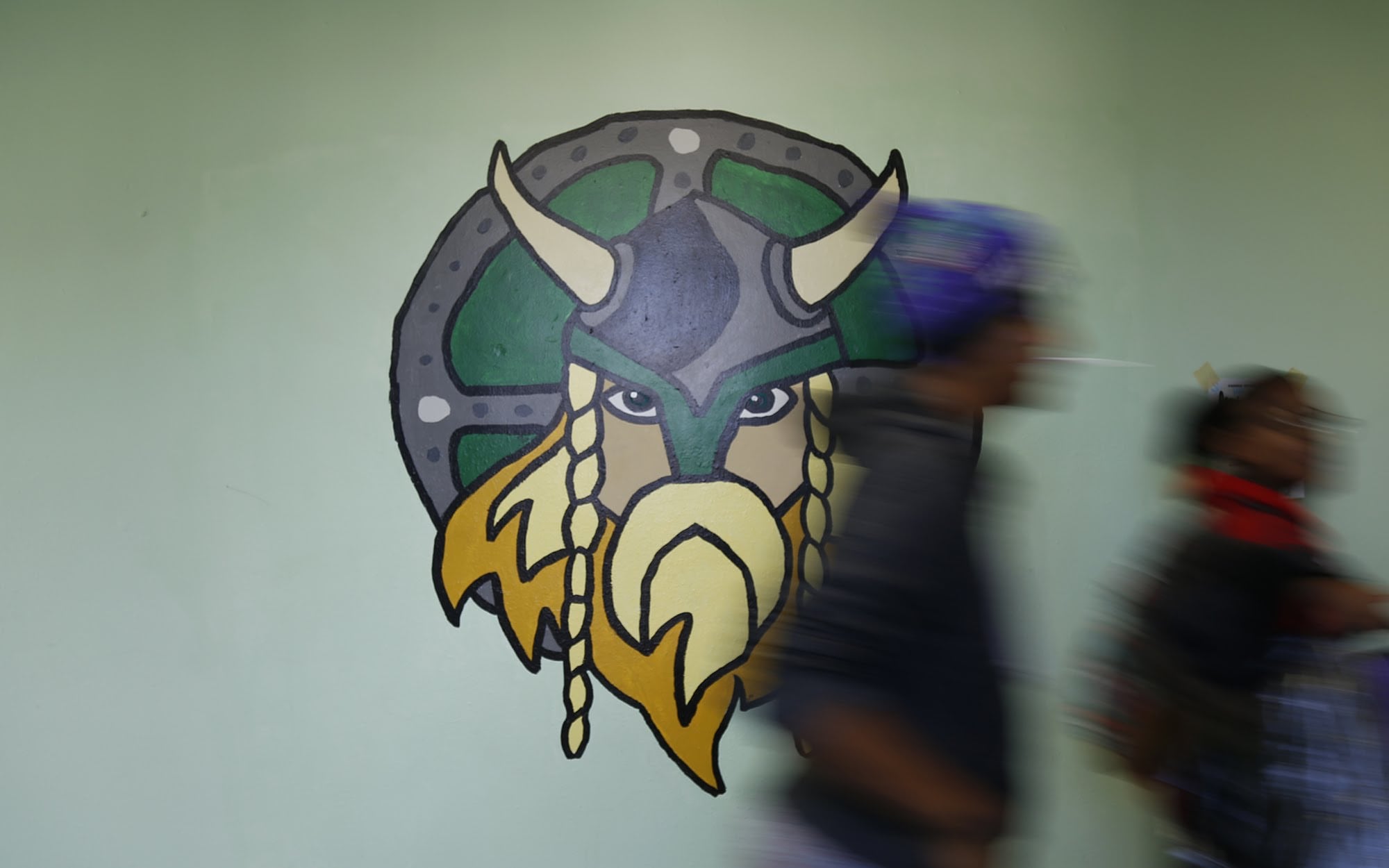
Students walk down a hallway at Sto-Rox Junior-Senior High School.
(Photo by Ryan Loew/PublicSource)When a teacher retires, resigns or is reassigned to another position, there is not another teacher hired to fill the vacancy. The result is fewer course offerings and larger class sizes. At the beginning of the year, I ask the students why they signed up for my class and what they want to get out of it. At least half of my students tell me they didn’t sign up for it, they were assigned to it. Simply because there aren’t enough electives for the students to have choices.
When a student isn’t interested in a subject, they are less likely to succeed in the class. When students feel unsuccessful, they often tend to feel a disconnect from their school. When a student feels disconnected from their school, they are more likely to feel forgotten, left behind, devalued. Many of our students are hard-pressed to see education as a way to prosper in life when their immediate needs are not always met. As teachers, we work daily to remind our students that they are valued and valuable. We often find ourselves filling a gap for our students well beyond their academics.
Given the current requirements for standardized testing, the disparities between the financially sound and the financially struggling districts tend to create an impossible challenge for the struggling districts’ students. So much of learning needs to be tethered to experiences. Those experiences can be hard to come by for students in challenging circumstances. This creates an immediate disadvantage, not only for the students, but also for the district, which is rated in part by those standardized test scores. How can it be balanced to compare the knowledge and understanding of students who have not been given the same opportunities? In short, it can’t.
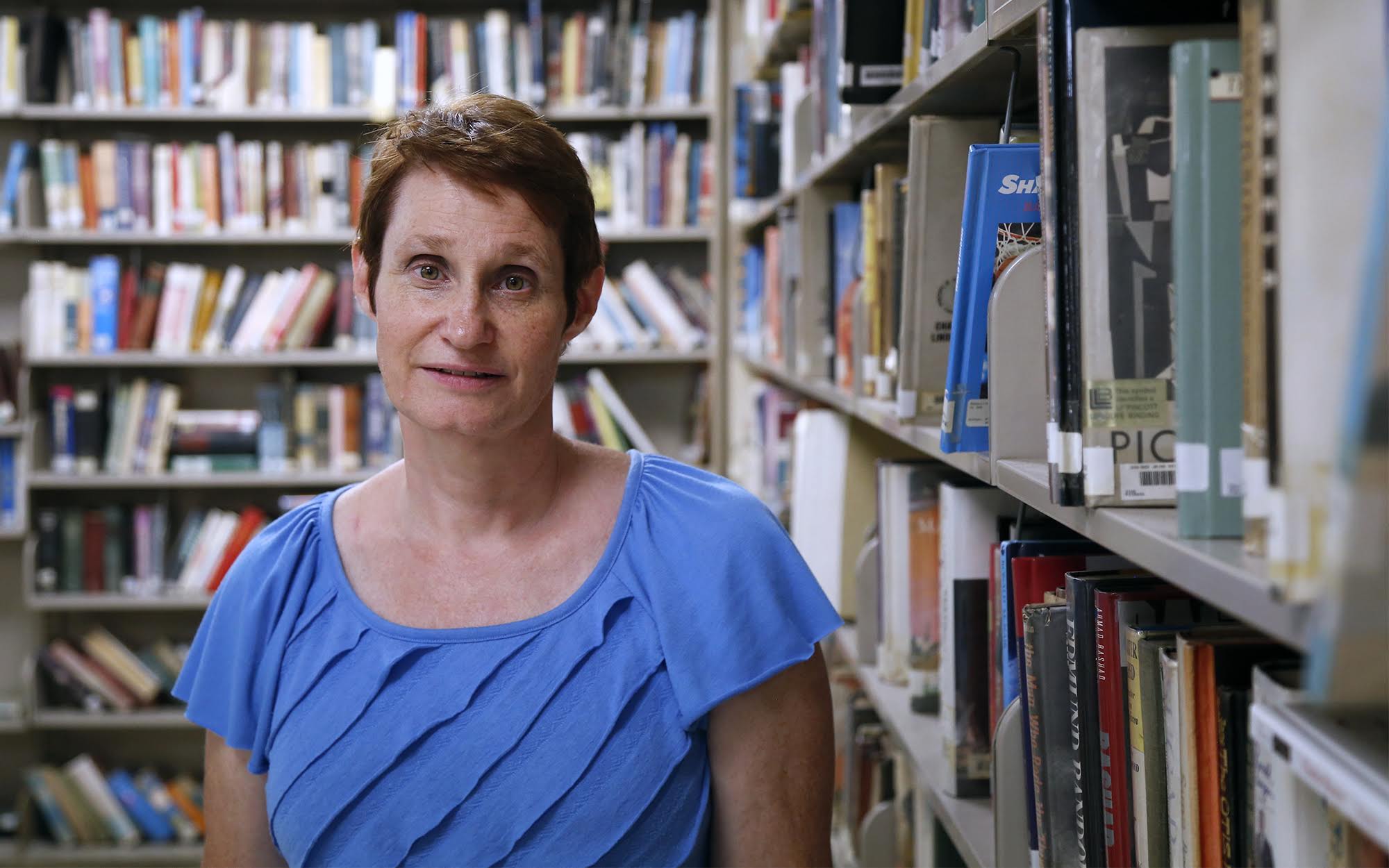
"The lack of resources means we — the students and teachers alike — must make an extra effort," wrote Sto-Rox teacher Julie Himmelstein.
(Photo by Ryan Loew/PublicSource)The faculty in our school spend time and thought on ways to make the school better, both in the building appearance and in the experience for the students. Our administrators are completely on board with our wishes to improve things. The catch is always, “Where will the money come from?” A teacher with an idea often needs to find the funding source for their idea to come to life. This means the faculty taking on more work.
Not everything in Sto-Rox is a struggle. Community organizations are eager to offer opportunities to the students. Classroom and project grants are becoming available. The teachers with whom I work are energetic in pursuit of those benefits for their classrooms. We participate with The Education Partnership to gather classroom supplies; we create projects on the crowdfunding website Donors Choose; we write grant applications for materials and experiences for our students.
“Sometimes in the financial reality of a struggling school district, we can’t. And that’s just not fair.”
In talking with students who have come to Sto-Rox from other schools, I hear good things about our faculty’s care for the students we teach. I hear good things about the way our students treat each other. Students who initially didn’t want to come to this school have found they are glad to be here. I see students in my classes daily help each other, whether it is a simple homework question or a family crisis that needs a sympathetic ear. In my days at school, if I am working on a project for the library or carrying supplies through the hall, there is always a student offering to help me. Our students are, in general, good kids. They care.
Why then are our students the ones who have to work harder to reach the starting point? Our students have to meet the same standards as students in other districts who have many more resources.
The lack of resources means we — the students and teachers alike — must make an extra effort. It means employing creativity and imagination to find resources, time and space. It means that we always have further to go to meet that goal.
“We can’t do that!” No, sometimes in the financial reality of a struggling school district, we can’t. And that’s just not fair.
Julie Himmelstein is a librarian and teacher at Sto-Rox Junior-Senior High School. She can be reached at jhimmelstein@srsd.k12.pa.us.
This project has been made possible with the generous support of The Grable Foundation and the Education Writers Association.
